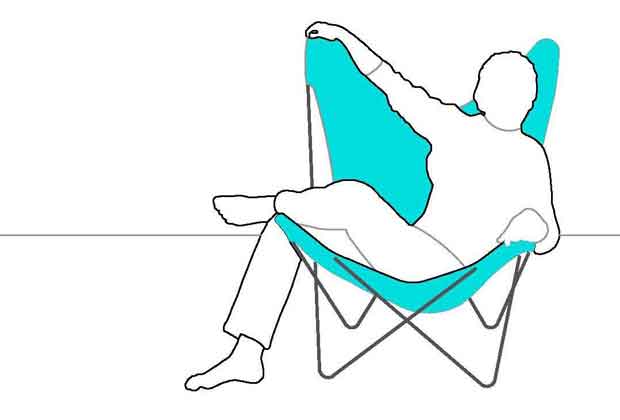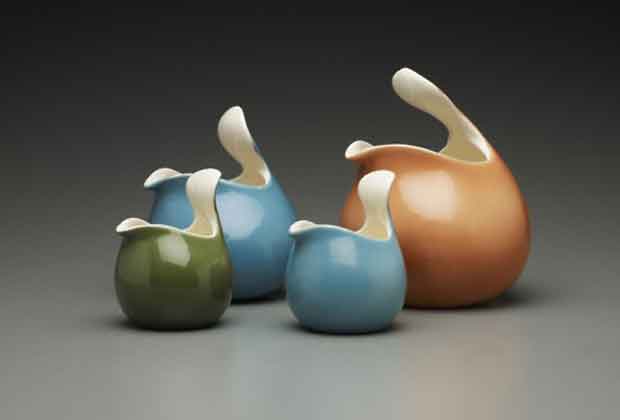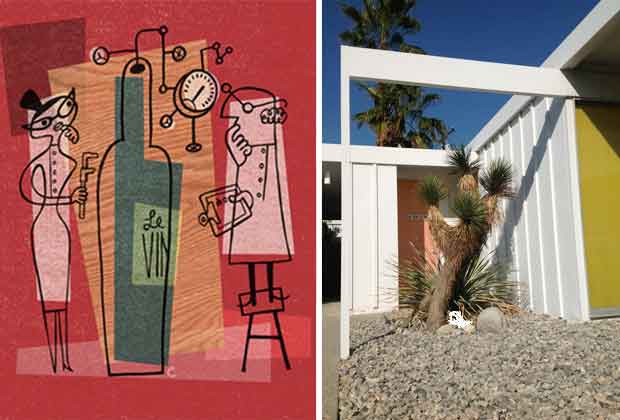MARCH 1, 2013 | BY JC MILLER
Last week was Modernism Week in Palm Springs. Over the past ten years it has been a pleasure to watch this annual event grow from a weekend to a weeklong celebration of design that encompasses an impressively broad range from the early 20th century through postwar modernism to contemporary design. In addition to staple activities such as tours, a furniture and decorative arts show, and themed parties, the schedule also included an eclectic program of lectures and documentary films. Two favorites were a presentation on the revolutionary cartoons created by the animation studio, United Productions of America (UPA) and a documentary on Eva Ziesel, an extraordinary design talent whose creative career spanned 8 decades!
A recurring theme throughout the week was the connection between the innovation of mid-century modern design and current work that is inspired and informed by concern for the environment and a desire to integrate sustainable principles—sometimes called “New Century Modern”. This brought to mind a piece I wrote a couple of years ago—The Butterfly Chair Manifesto. Here it is again:
Butterfly Chair Manifesto
ORIGINALLY POSTED IN AUGUST 2010 | BY JC MILLER
Reduce, Reuse, Recycle—it is not always clear whether this is an instruction or a command, but regardless, it has become the mantra of our day and age. An elegant expression of the “Triple R” directive can be found in an iconic piece of patio furniture from the last century – the Butterfly Chair.
Reduce: The chair is a masterpiece of reduction. Jorge Ferrari Hardoy, who is generally credited with the design, apprenticed under Le Corbusier in the 1930’s and Corbusian restraint, economy, and efficiency are clearly visible in the continuous steel frame and canvas sling seat. The seat connection is achieved through gravity and tension – no fasteners. This chair is at its best when occupied.
Reuse: As our era searches for an identity and eventually character, it makes sense to revisit the formative past. It is nearly impossible to pick up a design magazine from the mid twentieth century and not see one of these chairs. This simple design has been reissued and knocked off with reckless abandon since it was introduced by Hans Knoll in 1947, so reuse is a fundamental part of it.
Recycle: You can buy new versions of the chair but why? There are millions of butterfly chair frames around. Search them out, add new covers, and give them a reincarnation on the deck or in the den. Some manufacturers advertise the recycled content of their new offerings, but for true recycling nothing beats taking something that already exists and giving it new purpose.
So there you have it – the Butterfly Chair Manifesto. A recycled icon for a new age, because after all, where you stand often depends on where you sit.


